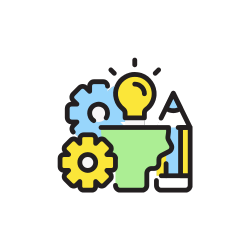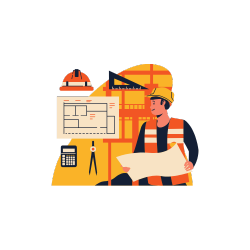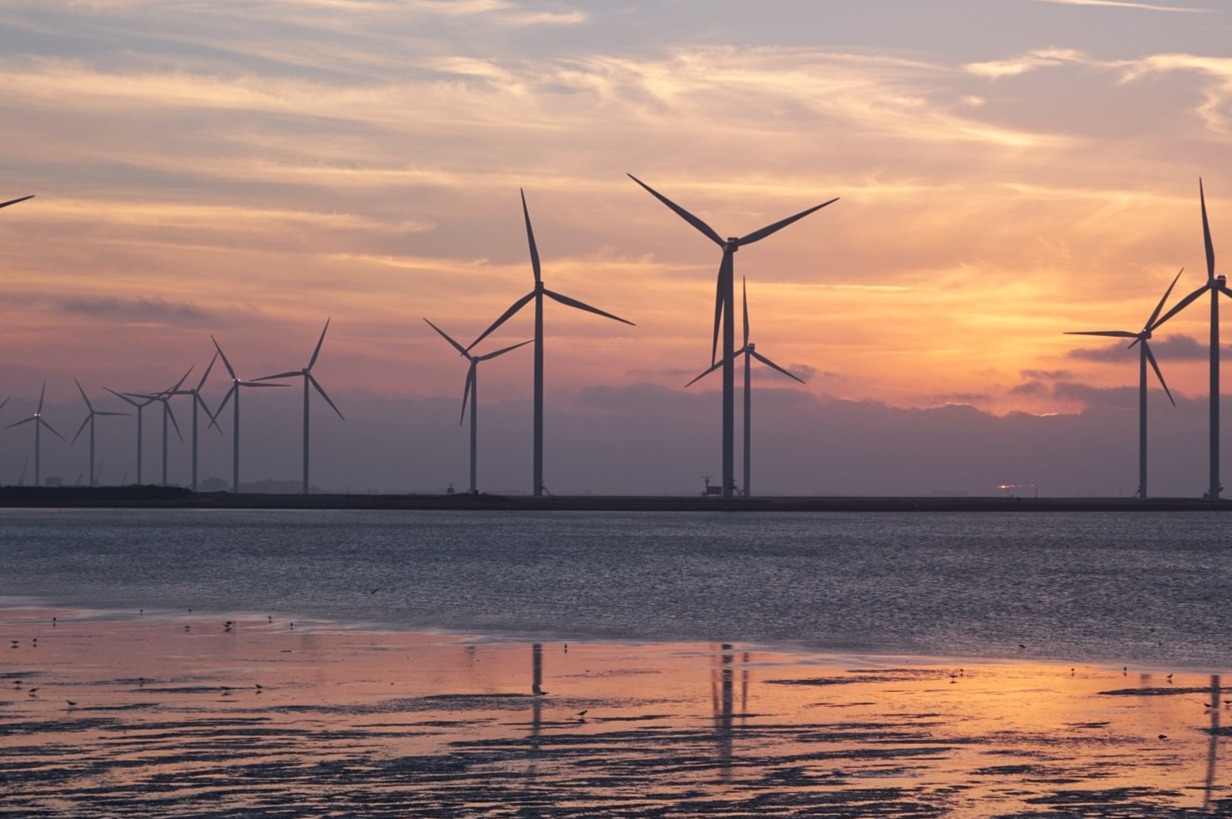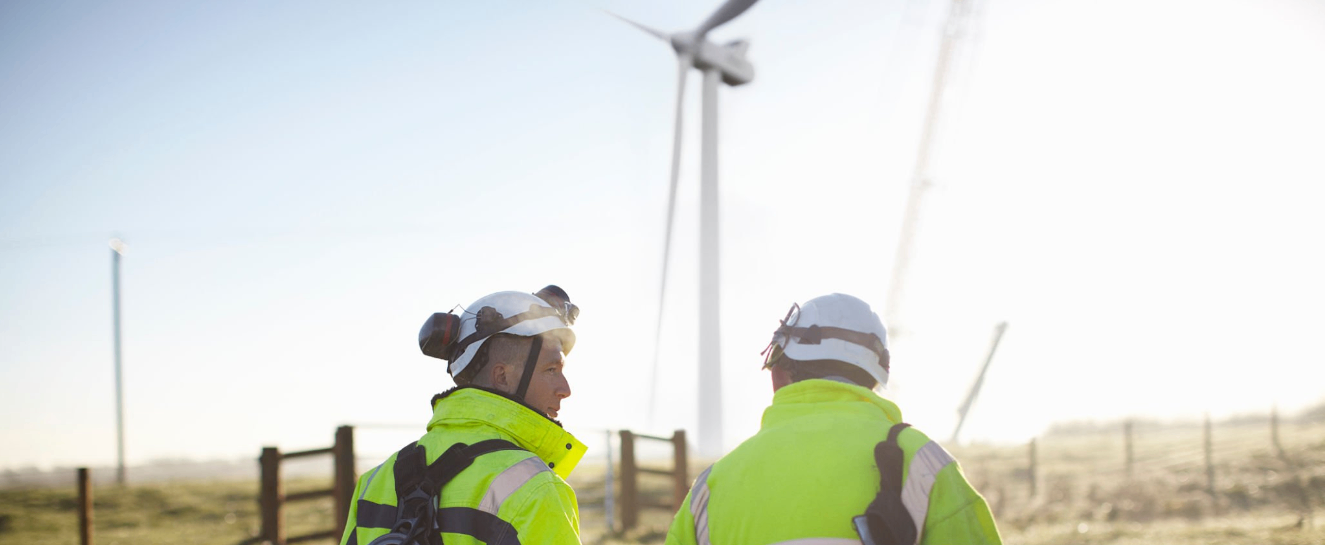With the world moving towards NetZero goals, Offshore Wind is a driving force in the green energy transition. However, the process of these large-scale projects involve six distinct phases, each requiring specific technical expertise and careful planning.
Development
The first step is the development phase, where the best locations are chosen based on wind, environment, and permits. Safety teams look at possible risks, while engineers plan turbine layouts and check equipment options. Digital tools like mapping software help manage and visualise the site. Project managers handle timelines, risks, and budgets to keep everything on track.
Design and Engineering
The second phase is the design and engineering stage, wherein turbine design becomes more precise. Cable routes are mapped out and burial depths assessed, while substation and grid connection plans take shape. The seabed is surveyed, and UXO risks are evaluated by ROV specialists. Quality teams begin drafting inspection protocols and qualifying suppliers and design safety reviews are conducted with emergency planning. IT systems are integrated for digital design workflows and cybersecurity planning. PMO teams continue to manage interdependencies between engineering disciplines, procurement, and regulatory requirements.
Fabrication and Procurement
The next step is Fabrication and Procurement, where the project moves from design to building. Most of the work happens in fabrication yards, where turbines, foundations, and electrical parts are made. Quality teams check the manufacturing process and run tests to make sure everything works properly. Cables are made and tested, and key electrical parts are bought and prepared for delivery. Safety teams check the sites to protect workers, while project managers keep track of schedules, materials, and transport.
Construction and Installation
Once everything is built and ready, the project moves into the construction and installation phase. The seabed is prepared, cables are laid and covered, and turbines are installed using special ships. Quality teams check that everything is installed correctly and keep track of any issues. Safety becomes even more important offshore, with emergency plans in place and careful coordination at sea. Communication systems are set up, and monitoring technology is installed to track the turbines in real time.
Commissioning and Handover 
Once installation is finished, the project moves into the commissioning and handover stage. All electrical systems are tested to make sure they’re safe and ready to connect to the grid. Turbines are checked for performance, and cables go through final testing. Subsea teams confirm everything has been installed correctly. Quality teams carry out final inspections, and IT systems are handed over to the operations team. Health and safety teams complete final audits, and project managers pull together all the necessary documents to officially hand the project over.
Ops and Maintenance
The final stage is operations and maintenance, which ensures that the wind farms are safe and running smoothly. Real-time monitoring tools help spot problems early and keep things efficient. Regular checks and seasonal upkeep make sure turbines stay in good shape, with drones and rope teams inspecting and fixing blades. Underwater robots check and maintain cables. O&M engineers work to boost performance, cut downtime, and lower costs. Environmental teams keep checking impacts, while marine experts monitor ocean life and make sure rules are followed.
At ERSG, we support clients and candidates across every stage of the offshore wind lifecycle. We deliver the people, knowledge, and recruitment solutions to support the global offshore wind industry at every stage of the lifecycle.

